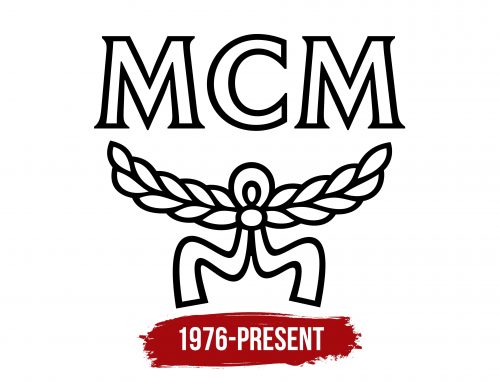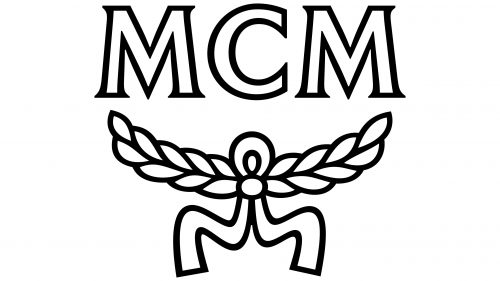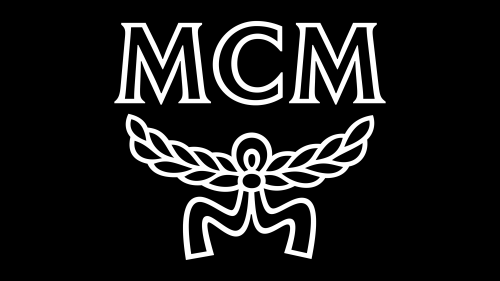The MCM logo has become a globally recognized symbol of prestige and status. It is as famous as the Chanel mark with the double “C” letters or the iconic Louis Vuitton monogram with intertwined “L” and “V.” The luxury brand’s emblem is used as a decorative element on wallets, bags, and accessories.
MCM: Brand overview
| Founded: | 1976 |
| Founder: | Michael Cromer |
| Headquarters: | Munich, Germany |
| Website: | mcmworldwide.com |
Meaning and History
Various celebrities wore items with the MCM brand logo – from 1980s hip-hoppers to modern K-pop performers. This sign appeared with the brand in 1976, when Michael Cromer presented leather bags in the Munich salon adorned with the same pattern: hand-drawn laurel leaves and the inscription “MCM.” The wreath, complemented by a hanging ribbon, was a tribute to the king of Bavaria, Ludwig I, who was passionate about neoclassicism. This emblem was combined with the Cognac Visetos diamond pattern, inspired by the Bavarian flag.
As the product range expanded, the legendary logo appeared on different leather goods – from large travel bags and suitcases to mini wallets and clutches. The company’s target audience was initially logo mania fans, those people who like to wear expensive things with trendy emblems. This trend was born from a love for exaggerated glamor and allowed MCM, Armani, Chanel, Versace, and other manufacturers to sell more products.
The MCM emblem was slightly changed in 2019. The firm Sharp Type, responsible for the redesign, kept the original look of the three-letter abbreviation but improved its proportions and kerning. It also adjusted the shape of the laurel wreath and ribbon to achieve balance. The revised emblem looks good at any scale: a decoration on a large belt buckle and a small pattern element.
What is MCM?
MCM is a company named after its founder Michael Cromer and the city of München, where it was launched in 1976. But after the brand’s relaunch in 2005, the abbreviation “MCM” started standing for “Modern Creation München.” This world-renowned manufacturer of luxury leather wallets, backpacks, bags, and other accessories. It belongs to the South Korean firm Sungjoo Group.
1976 – today
The brand’s name is represented by the Roman numerals “M” and “C,” which denote 1000 and 100, respectively. The contours of the letters are outlined with black lines, and the white middle seems empty. A laurel wreath is depicted at the bottom – a symbol of victory. It suggests that MCM leads the fashion industry, offering unique luxury items. A ribbon binds the wreath in the middle. Its loop looks like a head, and the ends diverging to the sides remind of legs. At the same time, the laurel leaves resemble wings. This whimsical pattern, created in 1976, shows the company’s loyalty to its style.
Font and Colors
Sharp Type, the company that revamped the MCM logo in 2019, turned to the heritage of the ancient German type foundry Genzsh & Heyse. It used the Römische Antiqua 1888 typeface as a source of inspiration. As a result, the letters in the inscription have become more balanced: designers have increased the width of the inner clearances and improved the shape of the “C.” Now the wordmark is set in a harmonious font with triangular serifs.
The logo combines two colors: black and white. Nevertheless, the iconic symbol can be repainted on bags, glasses, belts, and other MCM accessories to match the designer’s intent.







